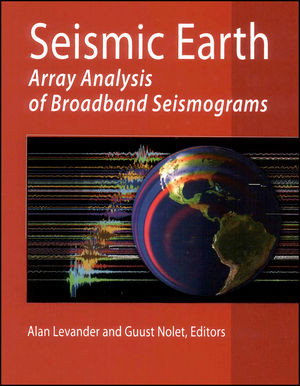

Most ebook files are in PDF format, so you can easily read them using various software such as Foxit Reader or directly on the Google Chrome browser.
Some ebook files are released by publishers in other formats such as .awz, .mobi, .epub, .fb2, etc. You may need to install specific software to read these formats on mobile/PC, such as Calibre.
Please read the tutorial at this link: https://ebookbell.com/faq
We offer FREE conversion to the popular formats you request; however, this may take some time. Therefore, right after payment, please email us, and we will try to provide the service as quickly as possible.
For some exceptional file formats or broken links (if any), please refrain from opening any disputes. Instead, email us first, and we will try to assist within a maximum of 6 hours.
EbookBell Team

5.0
48 reviewsPublished by the American Geophysical Union as part of the Geophysical Monograph Series.
Seismology is one of the few means available to Earth scientists for probing the mechanical structure of the Earth's interior. The advent of modern seismic instrumentation at the end of the 19th century and its installation across the globe was shortly followed by mankind's first general understanding of the Earth's interior: The Croatian seismologist Andrija Mohoroviei? discovered the crust-mantle boundary in central Europe in 1909, the German Beno Gutenberg determined the radius of the Earth's core in 1913, Great Britian's Sir Harold Jeffreys established its fluid character by 1926, and the Dane Inge Lehman discovered the solid inner core in 1936. It is notable that seismology, even in its earliest days, was an international science. Unlike much of the Earth sciences, seismology has its roots in physics, notably optics (many university seismology programs are, or initially were, attached to meteorology, astronomy, or physics departments), and draws from the literatures of imaging systems and statistical communications theory developed by, or employed in, astronomy, electrical engineering, medicine, ocean acoustics, and nondestructive materials testing. Seismology has close ties to petro-physics and mineral physics, the measurements of the disciplines being compared to infer the chemical and physical structure of the Earth's interior.Content: